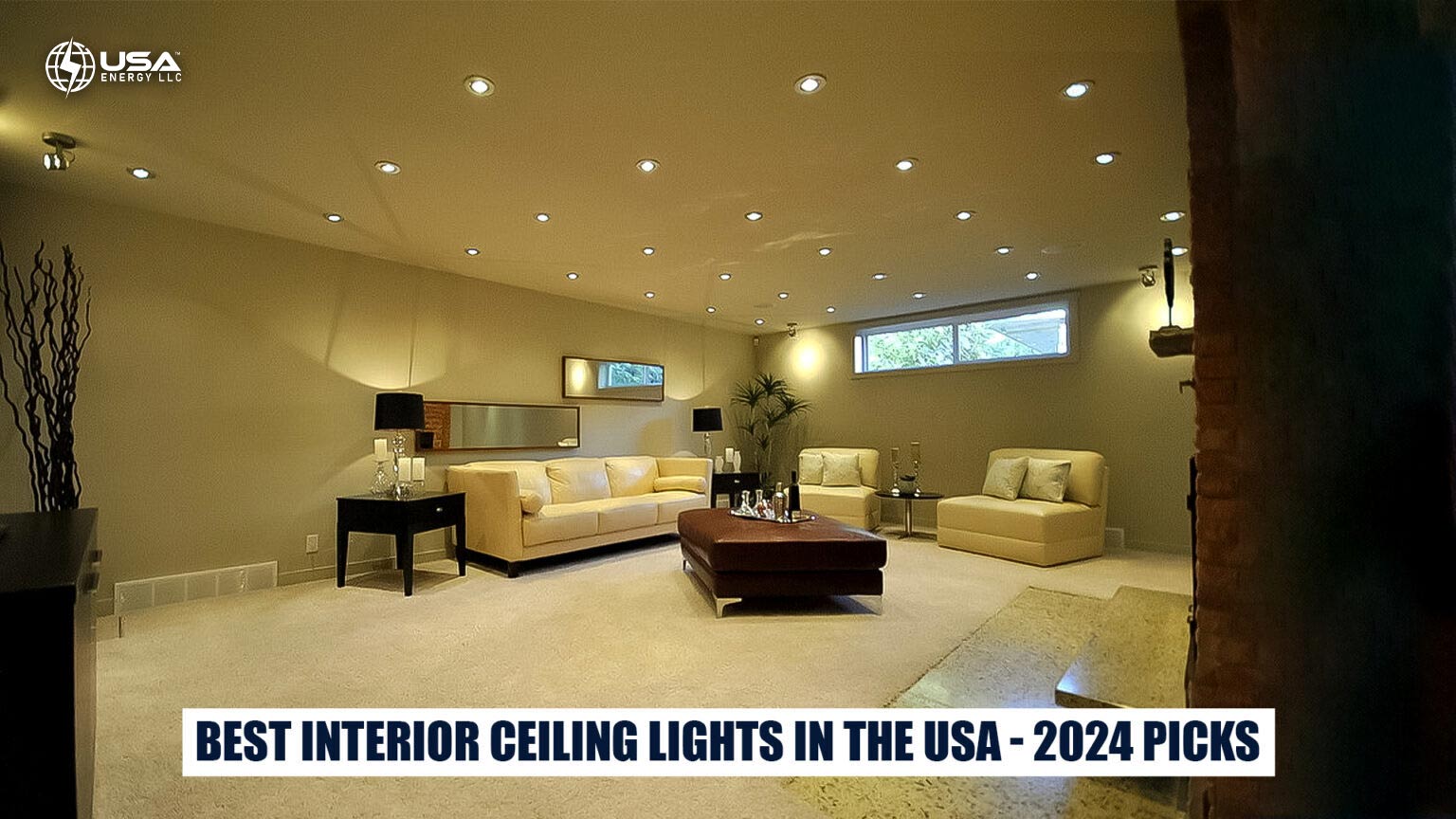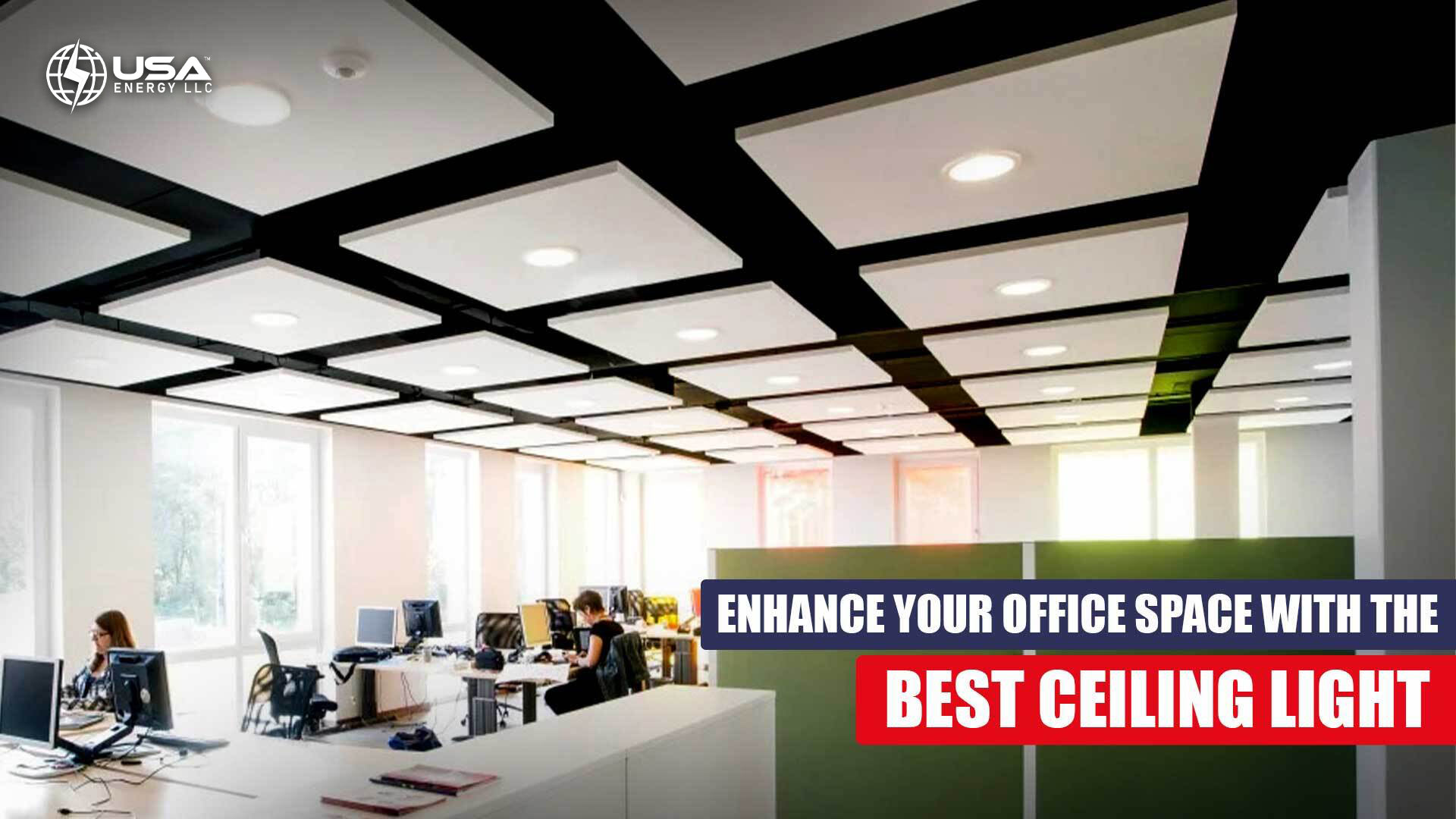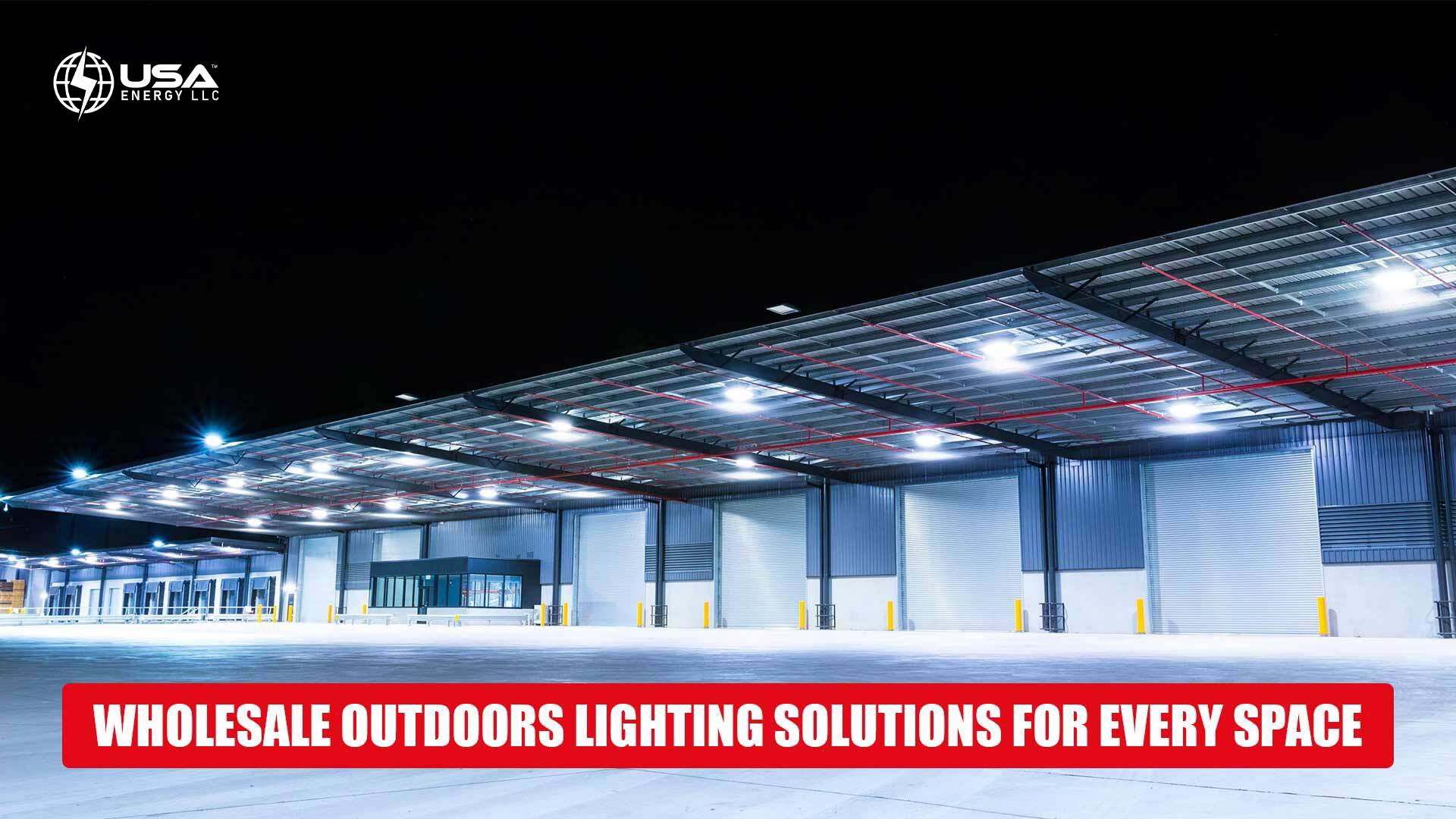The guide to buying the best ceiling light
Ceiling lights are fixtures mounted on the ceiling of a room or area, providing ambient, task, or accent lighting. They play a vital role in setting the mood and atmosphere of a space, influencing the overall environment and workplace ambiance. There are several factors taken into consideration when choosing the perfect ceiling light they are as follows:
Assess Your Needs:
Whenever you plan on buying a ceiling light, it is a difficult choice as there are several options to pick up from yet Nonetheless to select a ceiling light you can filter options based on some basic factors like dimensions of the space, appropriate lighting for the space, and personal preferences.
Firstly, it is important to determine the needs of the customer depending on the size and dimensions of the space. It is also important to know what is the purpose or usage of the room it can be a study room, living area, bedroom, or TV room. Even if the size and dimension of the room are the same, the lighting preferences will be different. Secondly, it is also important to determine what will be the right type of light will be required to light the room like accent lighting, if the room is big, it will require more illumination and a smaller room will require less illumination. Thirdly, we have to take into consideration what is the individual’s personal preference, which includes whether they prefer bright or low lighting and whether they read before going to bed or just stay in their room to sleep.
Understand the type of ceiling lights
There are many types of ceiling lights and are used for difference purposes. The different types are listed below:
High bay lights, are suitable for 20-45 feet high buildings and can be attached via a chain, ceiling hooks, or ceiling.
Tube light is a ceiling lamp that uses electricity and mercury vapor to produce visible light through fluorescence, but its energy takes time to stabilize after application.
Flat panels/troffers are rectangular LED fixtures designed for modular ceiling grids. They accommodate standard fluorescent lamps and are lightweight, easy to install, and typically illuminate large indoor commercial and industrial spaces.
Exit and emergency lights are essential in offices, public facilities, and commercial properties to guide occupants to safety in case of an emergency. They automatically turn on when a building experiences a power failure, powered by batteries inside the fixture.
Warehouse are designed spaces for managing and controlling company merchandise, and proper lighting is crucial for smooth workflow. Proper planning of warehouse light coverage ensures safety and efficiency, to determine the right number of fixtures and spacing. Energy efficiency and cost-effectiveness are also important considerations.
C-stores due to their energy efficiency and bright light, which not only saves energy but also enhances visibility and product appeal.
Consider the Style:
When choosing a ceiling light fixture, it is essential to consider the room’s design aesthetic. You shall opt for a finish that complements other metallic elements, choose a material that echoes existing textures, and ensure the fixture’s style aligns with the overall design theme of the room. By taking into account factors such as ceiling height and design aesthetic, you will be able to select a ceiling light fixture that not only offers functional illumination but also enhances the visual appeal of your space.
Evaluate the size and scale
When selecting a light fixture for a room, it is important to consider the proportions. If the fixture is too small for the room, it may look insignificant and get lost in the space, creating an unbalanced or underwhelming effect. Conversely, if the fixture is too large for the room, it can dominate the space and make it feel cramped or overwhelmed by the lighting element.
You should also measure the ceiling height to ascertain the clearance available for the fixture, ensuring it would not obstruct any doors or windows when installed.
Brightness and Light Output:
When thinking of which ceiling light to install you should always try to find the level of brightness needed for the room. You should also consider other elements like the amount of natural light available and what is the room’s function.
To select, the correct type of bulb and wattage for the light fixture to attain the desired level of brightness while maximizing energy efficiency.
Consider Dimming Options:
Choose light fixtures that are designed to work with dimmer switches, enabling you to adjust the lighting levels as desired. By doing so, you can effortlessly create various ambiances to suit different occasions.
Budget Considerations:
Establish a budget range for your ceiling light fixture, as prices can fluctuate significantly based on factors such as style, size, brand, and materials used.
It is also important to consider that higher-quality fixtures come with a higher price tag yet they often last longer and perform better than other fixtures.
Read Reviews and Get Recommendations:
In advance of making a purchase decision, it is advisable to conduct thorough research on online reviews and ratings for the ceiling lights you are considering. It is important to focus on feedback related to the quality, durability, and ease of installation of the lights. You should also consult with friends, family members, or interior design experts who have prior experience with comparable lighting projects for valuable recommendations.
Visualize the Final Look:
Utilize online resources or applications that provide the ability to visualize various light fixtures in your environment. This can assist in narrowing down choices and making well-informed decisions.
Installation and Maintenance:
While you buying ceiling lights, you should take into account the installation and maintenance needs of the lights. Some fixtures may require professional installation, whereas others can be installed with ease at home.
A consideration of any extra expenses relating to setting up shall be taken into consideration like contracting an electrician or buying mounting equipment.
In conclusion, when choosing a ceiling light, it is important to assess your needs based on the dimensions of the space, appropriate lighting for the room, and personal preferences. Understanding the different types of ceiling lights available and considering the style and size of the fixture are also crucial. Additionally, evaluating the brightness and light output, considering dimming options, establishing a budget, reading reviews, visualizing the final look, and considering installation and maintenance needs. USA Energy offers a wide range of ceiling lights like High bay lights, Tube lights, Flat panels, Warehouse lights, and C-store lights ensuring that you will find the perfect lighting solution for your interior.






